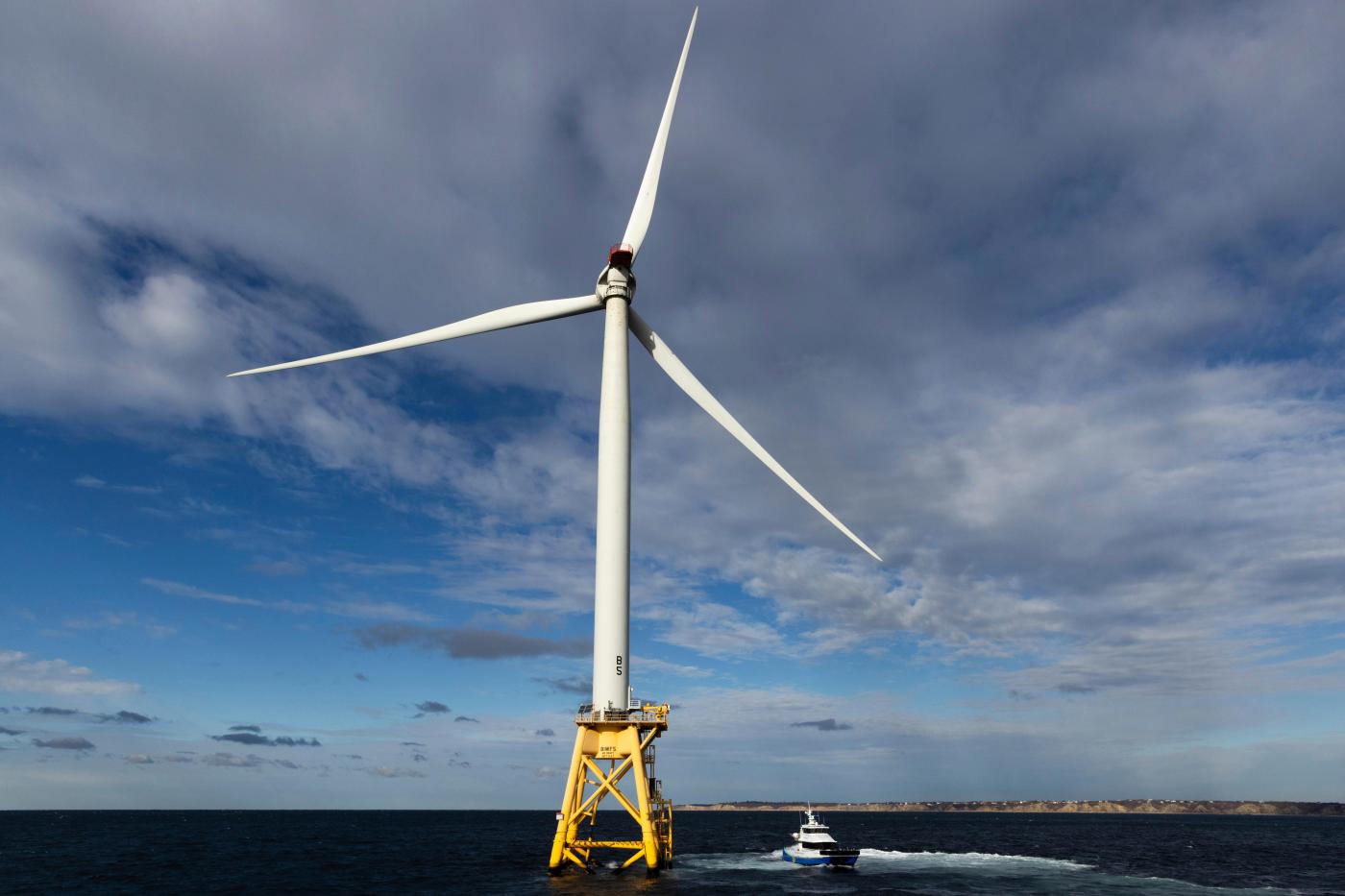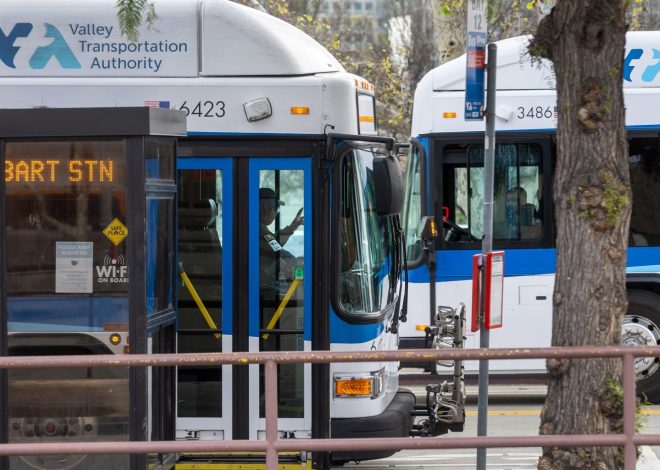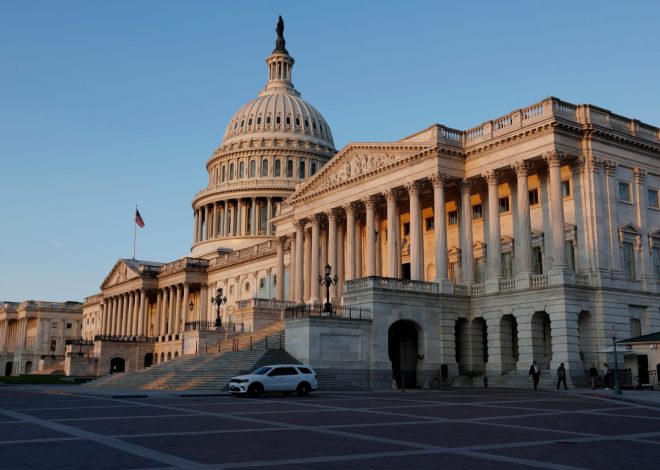
Trump tasks congressman with writing executive order he could issue to halt offshore wind
By JENNIFER McDERMOTT
President-elect Donald Trump tasked a New Jersey congressman and vocal critic of offshore wind with writing an executive order he could issue to halt wind energy projects.
Offshore wind is a major part of transitioning to an electric grid powered entirely by sources that don’t emit carbon dioxide when generating electricity. The power sector is responsible for nearly a third of the nation’s planet-warming greenhouse gas emissions. On the campaign trail, Trump vowed to end the offshore wind industry as soon as he returned to the White House. He wants to boost production of fossil fuels such as oil, natural gas and coal, which cause climate change, in order for the U.S. to have the lowest-cost energy and electricity of any nation in the world, he says.
Republican Rep. Jeff Van Drew said he spoke with Trump by phone about a month ago and urged him to act on his campaign promise.
“I said ‘Mr. President, we need to move on this.’ He said, ‘Yeah, we definitely do. I agree. I’m against them.’” Van Drew said. “He said, ‘Write an executive order, get it to my people.’”
Van Drew told The Associated Press Wednesday night that he quickly emailed a draft order to Doug Burgum, Trump’s pick to be interior secretary. Van Drew said the draft is written to halt offshore wind development from Rhode Island to Virginia for six months so the incoming interior secretary could review how leases and permits were issued. Van Drew said he believes the approvals did not fully take into account the impact on the fishing industry, tourism, whales or Americans’ utility bills, and it’s problematic to rely on foreign renewable energy companies building the wind farms.
The Interior Department includes the agency responsible for offshore renewable energy development in federal waters, the Bureau of Ocean Energy Management. Burgum appeared before a Senate committee Thursday for a confirmation hearing.
Sen. Angus King, I-Maine, said at the hearing Burgum knows the benefits of wind power since he’s from North Dakota, which gets more than one-third of its electricity from onshore wind turbines. He asked Burgum to convince Trump wind power “isn’t all bad.”
Burgum said the electric grid needs more resources that provide power continuously, as opposed to “intermittent” sources such as solar and wind that fluctuate.
King then asked if Burgum would commit to continuing with offshore wind leases that have been issued.
“I’m not familiar with every project that the interior has underway, but I’ll certainly be taking a look at all of those,” Burgum said. “If makes it makes sense and they’re already in law, then they’ll continue. I think the key is, and I think President Trump’s been very clear in his statements that he’s concerned about the significant amount of tax incentives that have gone toward some forms of energy.”
Related Articles
Biden warns the US risks becoming an ‘oligarchy.’ What does the term mean?
TikTok users are flocking to alternative apps like RedNote
Trump’s return puts Medicaid on the chopping block
JD Vance’s Ohio hometown struggles with how to recognize the incoming vice president
Democrats’ crisis of the future: The biggest states that back them are shrinking
Van Drew declined to show the AP the order, saying he doesn’t expect Trump to use his draft verbatim, it’s a template. He expects Trump to issue an offshore wind executive order within the first quarter of the year, possibly as early as his first day on the job. Van Drew said he views that as a first step toward an eventual moratorium on offshore wind development.
Trump says wind turbines are horrible and expensive. He repeats unfounded claims about offshore wind threatening whales. Trump’s team responded to a request for comment Thursday by sharing the transcript from Trump’s Mar-a-Lago press conference this month. He said he would seek to have a “policy where no windmills are being built.”
The Biden administration worked to propel the nascent U.S. offshore wind industry forward to address climate change as an existential threat. It set targets to deploy 30 gigawatts of offshore wind energy by 2030, generating enough electricity to power more than 10 million homes, and up to 15 gigawatts of electricity through floating sites by 2035, enough to power 5 million homes.
The nation’s first commercial-scale offshore wind farm opened in March, a 12-turbine wind farm called South Fork Wind 35 miles (56 kilometers) east of Montauk Point, New York.
The Bureau of Ocean Energy Management held first-ever lease sales off the West Coast and the Gulf of Mexico, and the first commercial sale for floating offshore wind on the Atlantic coast. It approved the nation’s 11th commercial-scale offshore wind energy project in December. Combined, the 11 projects total over 19 gigawatts of clean energy, enough to power more than 6 million homes.
The Associated Press’ climate and environmental coverage receives financial support from multiple private foundations. AP is solely responsible for all content. Find AP’s standards for working with philanthropies, a list of supporters and funded coverage areas at AP.org.


